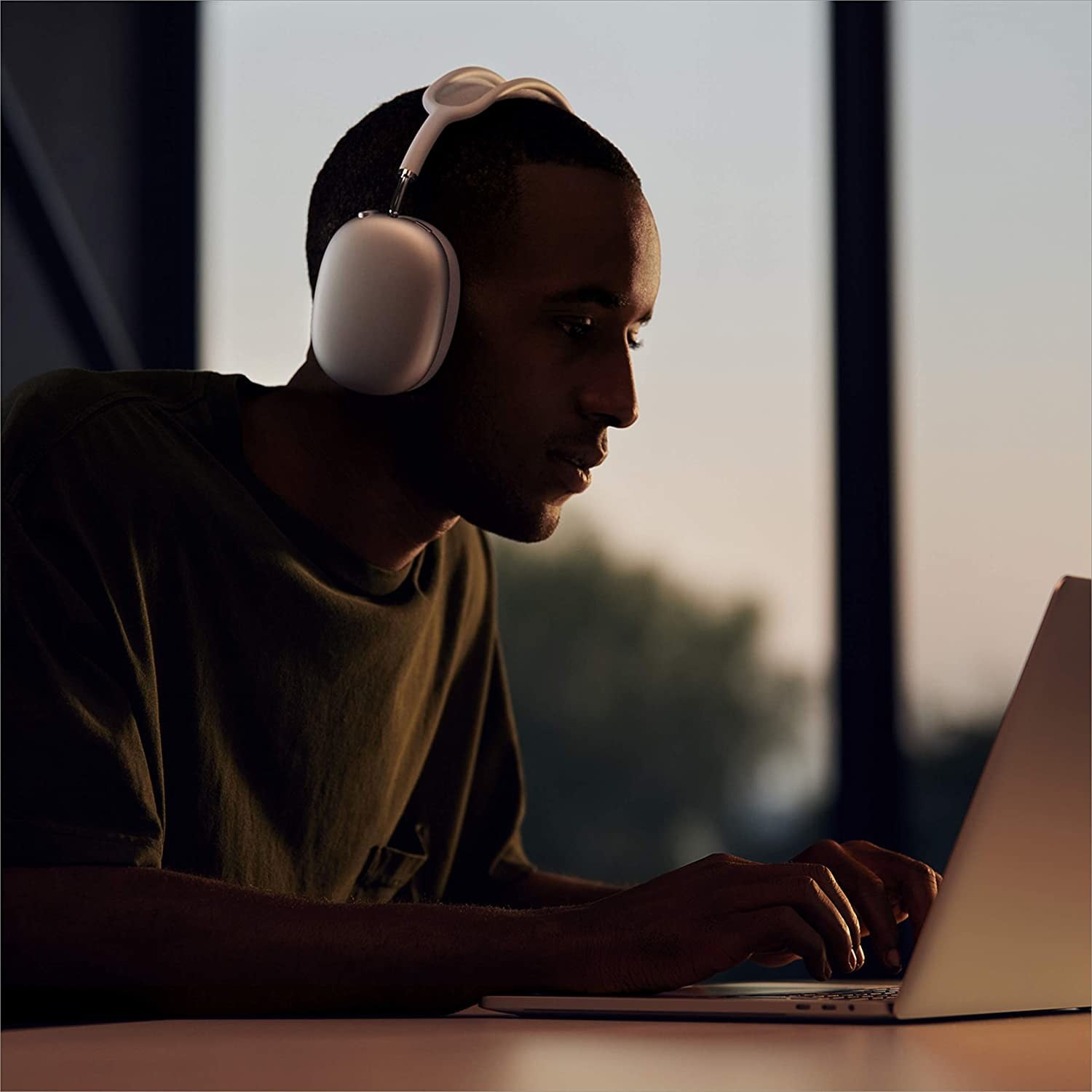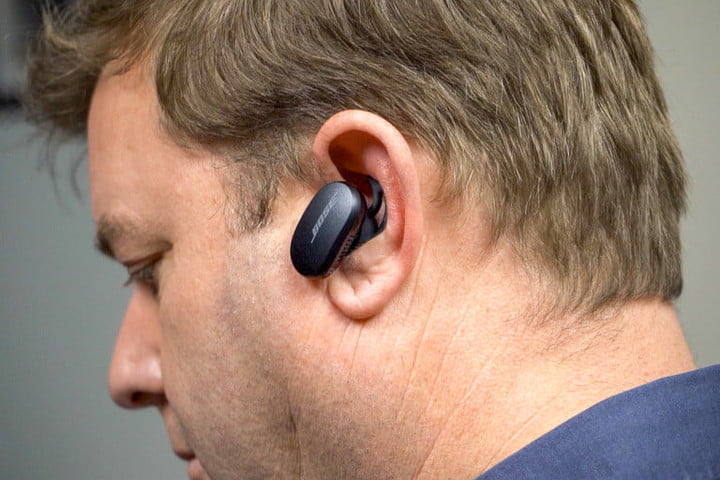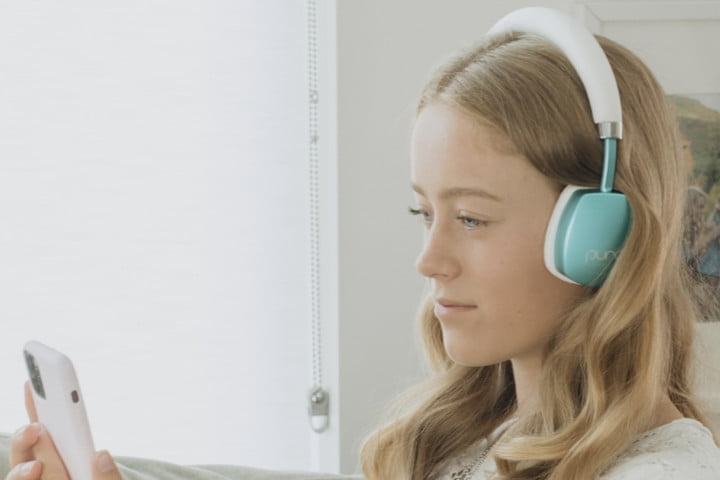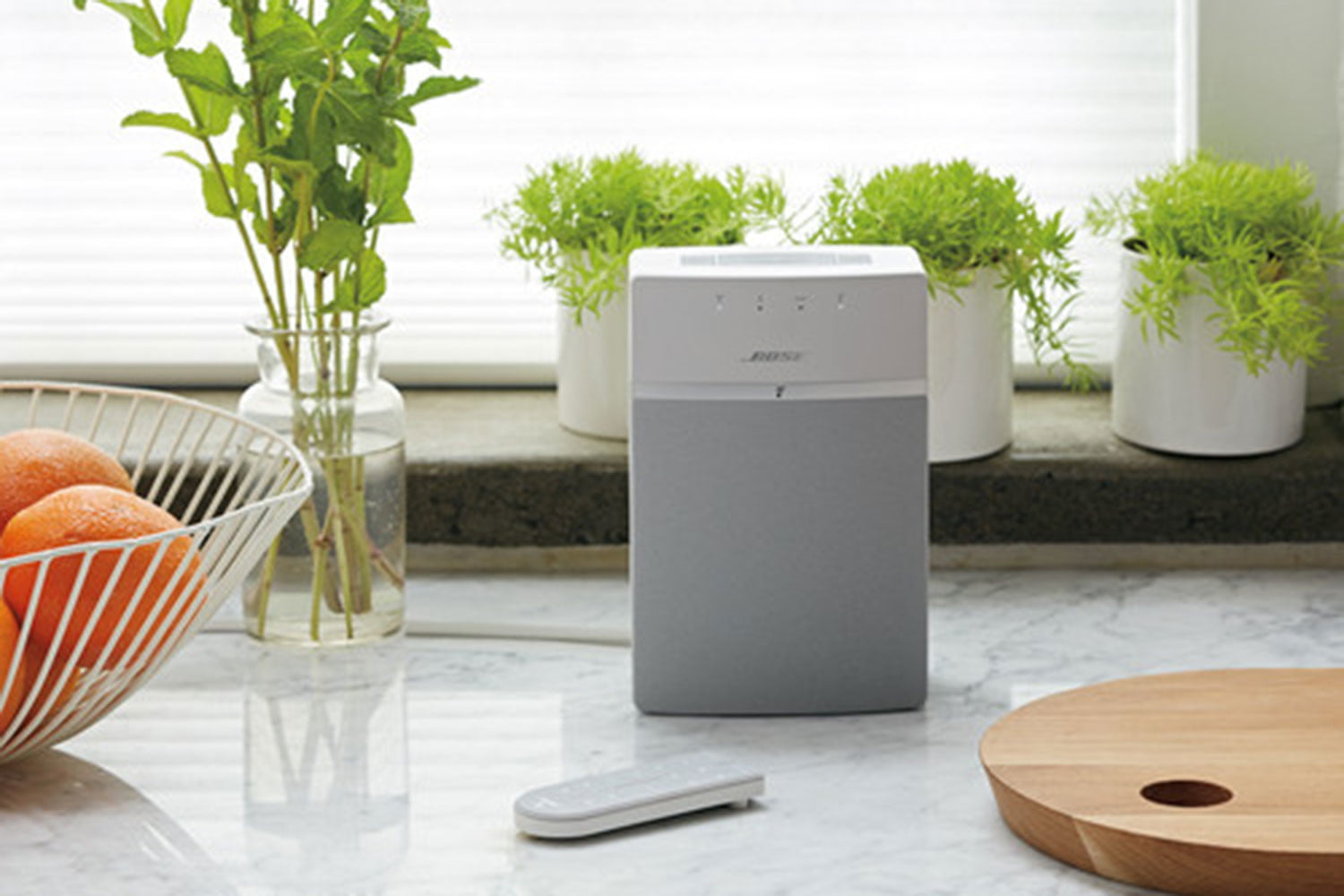Investing in a high-quality set of noise-canceling headphones is one of the best favors you can do for yourself. It’s one of the best ways to experience over and in-ear sound, using advanced far-field microphones to take in unwanted noise frequencies in order to cancel them out. What you’re left with is a big lack of distracting sounds and a huge gain in listener audio.
When it comes to the very best noise-canceling headphones, we feel that the Sony WH-1000XM4 simply cannot be beat. In fact, we consider them to be among the best wireless headphone options overall, which in turn led us to crown them the best headphones, period. Yes, they’re that good. With supreme comfort, sparkling sound, fantastic noise cancellation, a unique pressure-equalization feature, and a host of options, we’d pick these headphones even if they were more expensive. For most people, the Sony WH-1000XM4 are an unbeatable choice for a set of noise-canceling headphones.
Our team has more than 50 years of combined audio experience, and we’ve tested more than 300 headphones — many of which offer noise cancellation. If the WH-1000XM4 aren’t right for you, we’ve assembled a list of excellent alternatives. They all cancel noise, but each has its own specific strengths.
The best noise-canceling headphones at a glance:
The best noise-canceling headphones: Sony WH-1000XM4
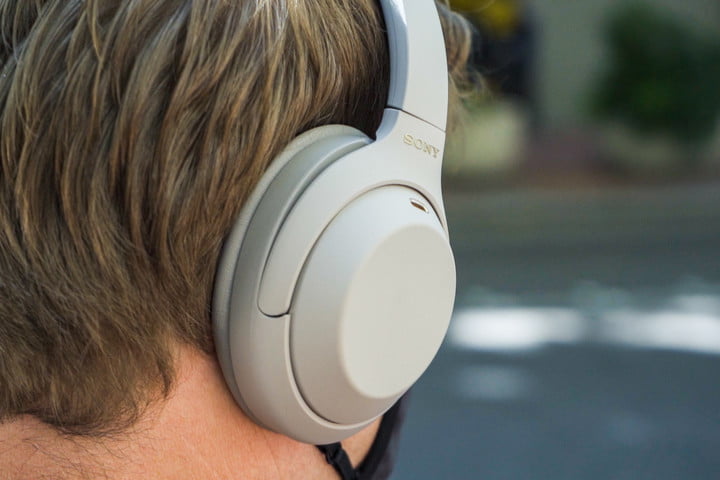
Why you should buy them: Superb sound, great comfort, and impressive noise-canceling make Sony’s WH-1000XM4 our pick of the list.
Who they’re for: Those who want to block out distracting ambient noises, but without sacrificing terrific sound quality.
Why we picked the Sony WH-1000XM4:
Let’s get right to it. The previous leader of this list was Sony’s WH-1000XM3, and the WH-1000XM4 have everything that made those active noise-canceling headphones amazing, plus a bit more for the same price. That by itself should be all you need to know to be sold on the XM4.
For the sake of thoroughness, we’ll break down these new headphones from Sony anyway. The design of the 1000XM4 remains largely the same, making for the same comfort and stability as the previous model. The battery life of these new cans is unchanged, providing 30 hours with active noise cancellation on and 38 hours without. And while Sony says it has improved its software algorithms and hardware when it comes to active noise cancellation, the 1000XM4 are basically the same as the XM3 – excellent. Bose’s Noise Cancelling Headphones 700 are also a standout choice, but the WH-1000XM4 get the edge because of all the other features they offer.
The few significant changes that were made with the WH-1000XM4 include the introduction of Bluetooth multipoint connection, allowing them to be connected to two different devices at the same time. Essentially, you could be watching Netflix on your laptop, field a phone call on your mobile device, then effortlessly return to your streaming enjoyment.
The XM4 also added a wear sensor to automatically pause content when you remove the headphones, as well as Sony’s latest music upscaling tech, DSEE Extreme. None of these changes are major, but they don’t have to be. Sony’s headphones were already the best, and this new model only cements that position.
If you’re looking for a way to silence the outside world so you can be left alone to enjoy your favorite music, there’s simply no better way to do it than with the Sony WH-1000XM4.
Read our full Sony WH-1000XM4 review
The best noise-canceling earbuds: Bose QuietComfort Earbuds
Why you should buy them: They’re the best noise-canceling earbuds we’ve tested, offering great ANC sound, call quality, and battery life.
Who they’re for: Those who don’t compromise when it comes to sound quality and are equally discriminating with the features of their earbuds.
Why we picked the Bose QuietComfort Earbuds:
In the world of audio wearables, Bose is no stranger to delivering the goods when it comes to performance and quality (which is why they’re featured twice in this roundup). We’ll be upfront with this entry: The Bose QuietComfort Earbuds are not the most comfortable set of in-ears, but if you’re looking for unbeatable noise-cancellation and sound quality, there’s no way you’ll be disappointed.
The QuietComfort buds can easily go toe-to-toe with the likes of such rivals as the Apple AirPods 2 — a go-to selection for more than just iOS devotees. Delivering some of the most discerning ANC cancellation available, the QuietComfort noise-canceling earbuds are excellent at eliminating high-frequency noise. If you’re a daily commuter that spends a lot of time around trains, traffic, and passersby, you’ll be stunned at just how much your set of Bose buds will cut down on the proliferation of street noise — making it easier for you to connect with your music or podcast.
On top of noise cancellation, the QC buds also bring exceptional and engaging sound and call quality to the table. Bass is rich and punchy, with great balance and shimmer in both the midrange and treble ranges, too. When making phone calls, your voice will sound crisp and clear to your friend on the other line, and you’ll be able to hear your buddy with just as much definition.
While the charging case isn’t the easiest accessory to carry along, you may not even need to take it with you, as the Bose QuietComfort Earbuds can last for up t0 six hours on a single charge with ANC enabled. They’re not the most stylish or cozy noise-canceling headphones on this list, but these little guys pack quite the punch in several other ways.
Read our full Bose QuietComfort Earbuds review
The best noise-canceling headphones for Apple users: Apple AirPods Max
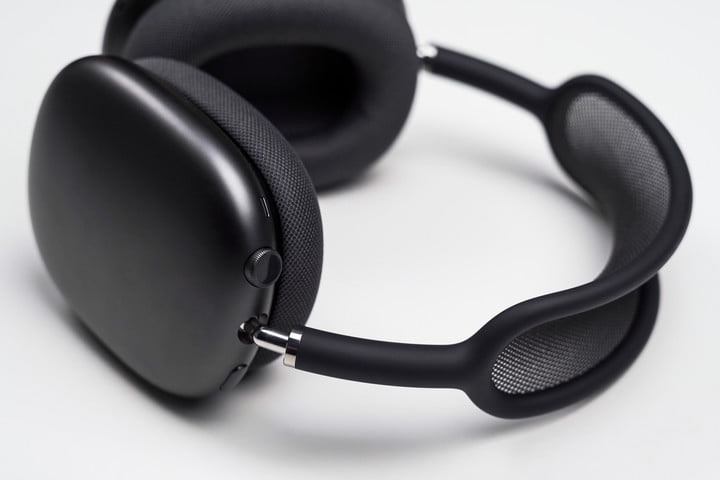
Why you should buy them: If you’re an Apple fan, the AirPods Max deliver excellent audio quality and top-notch noise-cancellation, and they work seamlessly with all of Apple’s products.
Who they’re for: Apple users who don’t mind spending top-dollar for a top-shelf audio experience.
Why we picked the Apple AirPods Max:
Apple is on a roll when it comes to personal audio. The AirPods Pro were the surprise hit of the true wireless earbuds world when they debuted, and Apple has taken that successful formula to the next level with the AirPods Max, a stunningly beautiful — and expensive — set of over-ear ANC headphones.
Their design, with aluminum-covered earcups, a weight-distributing mesh headband, and some of the most intuitive controls we’ve ever used, is truly exceptional. We can’t say enough about the build quality, which puts most other high-end wireless cans to shame.
Sound quality is on par with the Sony WH-1000XM3, but what really blew us away was the AirPods Max’s noise-cancellation, transparency mode, and call quality — each of which is better than the Bose Noise Cancelling Headphones 700, and that’s saying something given how good the Bose are.
You could use the AirPods Max with non-Apple devices, but just like the AirPods Pro, to do so would be an unfortunate waste of the AirPods Max’s talents. They pair instantly with iPhones and Macs and can switch between these devices in a snap. The spatial audio feature is iPhone-only for now, and you can only tweak their EQ if you’re using an iOS device.
They’re not perfect — we think their heavy weight will prevent people from wanting to wear them for long listening sessions, and their included protective case has rightfully become the object of ridicule for its non-existent protection, and then, of course, there’s the price.
Still, if you’re an Apple fan with money to invest in personal audio, you likely won’t find a better set of active noise-canceling headphones than the AirPods Max.
Read our full Apple AirPods Max review
The best noise-canceling headphones for kids: Puro PuroQuiet
Why you should buy them: The PuroQuiet do more than cancel unwanted noise, they also protect your kids from dangerously loud sound levels.
Who they’re for: Parents who want to provide their kids with high-quality, noise-canceling headphones.
Why we picked the Puro PuroQuiet:
It can be tough to find decent-quality headphones for kids even before you start looking for a feature like noise cancellation. Fortunately, the Puro PuroQuiet are both a great set of wireless kids headphones and as a bonus, they’ve got noise-canceling too. But the best part for parents is that they come equipped with a software limiter that keeps the volume at or below 85dB, which is considered the maximum volume that children should be exposed to for prolonged periods.
With 16 hours of battery life, it’s unlikely your kid will outlast these headphones, but if they do, there’s always the option of using an analog cable instead. We’re frankly surprised more kids’ headphones don’t offer noise canceling. If the goal is to keep the volume at a safe level, eliminating unwanted outside noise means you can get the same sound quality at lower volumes than without this feature. It feels like a match made in child-parent heaven, something that doesn’t come along very often!
You’ll also appreciate that while not exactly cheap, given that the PuroQuiets have a very solid construction that will withstand at least some of the abuse kids can inflict, the Puro PuroQuiet are very reasonably priced for what they offer. We think your kids’ ears are worth it.
Read our full impressions of the Puro PuroQuiet headphones.
The best noise-canceling headphones for work and travel: Bose Noise Cancelling Headphones 700
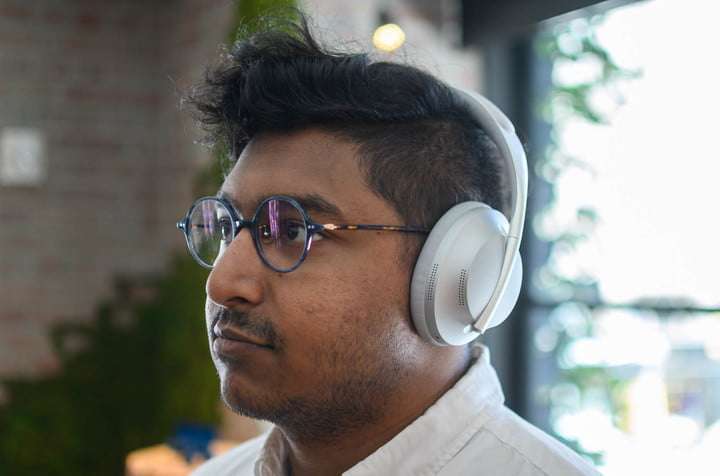
Why you should buy these: This is the best noise-canceling tech you can get, at any price.
Who they’re for: People who frequently listen to music in noisy locations, and who want crystal-clear call quality.
Why we picked the Bose Noise-Cancelling Headphones 700:
The new flagship of the Bose noise-canceling headphone lineup, the somewhat awkwardly named Bose Noise-Cancelling Headphones 700 (which we shall simply call the Bose 700) are a significant departure from the older QC35 II, which were our previous pick for this category.
Though still excellent for noise-cancellation for travel on planes, or anywhere you’ll find higher frequency noise to be a problem, the Bose 700 do let through middle frequencies a bit more than their predecessors. However, their improved microphone noise-canceling makes for some of the quietest, truest voice calls your callers will ever hear.
The new design is sleeker, with earcups mounted directly to the headband instead of the older yolk-based setup. Though not quite as adjustable, this new configuration lets the Bose 700 fold nearly flat in their storage case, making it easier to stow them in seat-backs and carry-on luggage.
Sound quality is just as good as the QC 35 II, and perhaps even better for movies and TV shows, though some audiophiles may notice a slight tendency to overemphasize the high frequencies. We think the Sony WH-1000xM3 sound better for music. The Bose companion app gives you more granular control over the headphones’ features like noise-canceling levels, but virtually everything you need can be controlled through a combination of touches and buttons on the earcups. This includes volume, play/pause, track skipping, voice-assistant activation (Alexa and Google Assistant are supported), and noise-canceling on/off and level.
We really like the Bose Noise-Cancelling Headphones 700, but if you prefer the acoustics of the QC 35 II, Bose still sells them, and they’re $50 less than the 700s.
Read our full Bose Noise-Cancelling Headphones 700 review
The best cheap noise-canceling headphones: Wyze Headphones
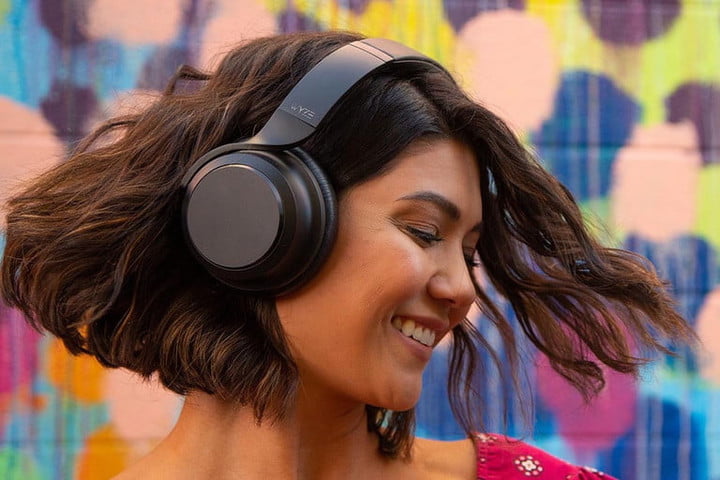
Why you should buy them: You want comfort and great sound without breaking the bank.
Who’s it for: Those looking for a great-sounding, feature-packed, pair of noise-canceling headphones, and don’t mind a non-premium brand.
Why we picked the Wyze Headphones:
In every category, there’s a product that manages to deliver 90% of the best features at a significantly cheaper price than everyone else. With 20 hours of battery life, active noise cancellation, and a premium design and build quality, the Wyze Headphones are that product.
The feature list alone is deeply impressive for a set of $50 headphones: Variable ANC with transparency mode, built-in access to Amazon Alexa, instant power-on/off, auto-pause/play when you slide them off your head, Bluetooth multipoint for pairing two sources simultaneously, analog input with a 3.5mm cable for non-wireless listening, and an app for iOS/Android to control many of these features including customizable EQ.
While their battery life may not be as long as other low-cost competitors, with a quick charge feature that gets you an extra four hours of life for just 10 minutes of plugged-in time, we don’t think this is a problem.
The Wyze Headphones sound great, but they certainly don’t reproduce audio with the same level of detail as the Sony WH-1000XM4. If you’re looking for a step-up in sound quality, we recommend looking at the Soundcore Life Q30. They’re more expensive than the Wyze Headphones but they have huge battery life and excellent sound.
If you want a great pair of noise-canceling over-ear headphones, but you’re not interested in paying the premium prices that Sony, Apple, and Bose command, the Wyze Headphones are probably just what you’re looking for.
Research and buying tips
How do noise-canceling headphones work?
They use exterior microphones to capture the sound around you. They then reproduce matching frequencies with the phase inverted to cancel ambient noise.
Are noise-canceling headphones bad for your ears?
No. They were invented for pilots to preserve their hearing.
Are noise-canceling headphones worth it?
If you plan on listening in noisy environments, absolutely.
Are noise-canceling headphones better than earplugs?
Not usually. Earplugs can typically do a better job of blocking out noise, but they don’t have the benefit of being able to play audio.
Can noise-canceling headphones work without music?
Yes, noise-canceling headphones will reduce outside noise without music playing, but things will almost always seem quieter when music is playing over the top
How we test
We test headphones the way normal people live.
We run every pair of headphones through a rigorous process over several days. That includes playing them in all sorts of scenarios — be it on a bus, in the listening room, or at the office — and playing back from a wide array of sources. We know most people use their headphones with a smartphone, often with lower-quality MP3 resolution tracks, so we do too.
However, we also move up to high-resolution audio files, as well as a wide variety of sources, including plugging in directly to a PC or Mac, using USB DACs (digital-to-analog converters), and employing high-quality dedicated portable players and amplifiers. Finally, we compare the headphones to some of our go-to models, both in their class and price point, as well as a level or two above to find out if they can punch above their weight.
